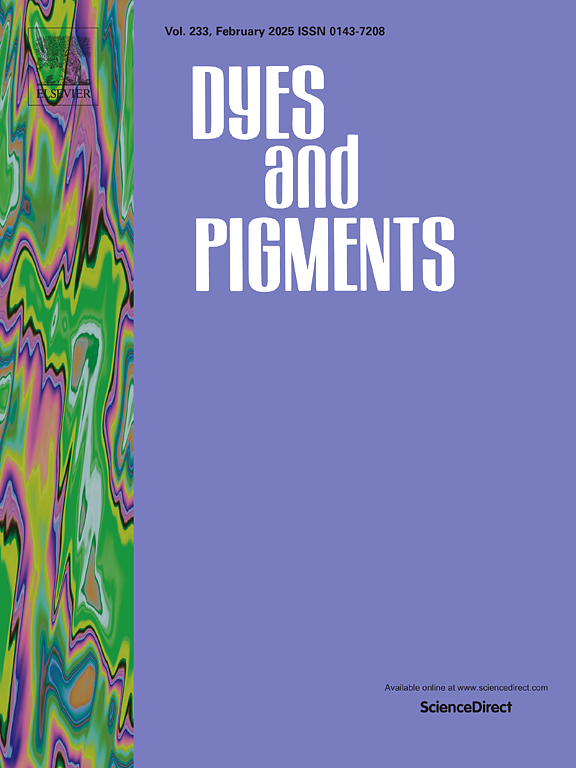Impact of gamma irradiation on protein-based binders in historical painting media
IF 4.1
3区 工程技术
Q2 CHEMISTRY, APPLIED
引用次数: 0
Abstract
The use of radiation technology for the protection and preservation of cultural heritage is highly effective due to its numerous advantages over alternative methods. While ionizing radiation is widely accepted for decontaminating wood-based objects, its application to other materials, such as paintings, is approached with caution due to limited studies and knowledge in this field. This study aims to evaluate the potentially harmful effects of ionizing radiation on materials commonly used as paint layers in artworks. Two widely used protein-based binders, casein and animal glue, were examined—both on their own and in combination with lead white pigment. The binders were exposed to radiation doses typically used for treating insects and fungi in cultural heritage artefacts (2, 7, 10 kGy), as well as much higher doses (25, 100 kGy), at two different dose rates (0.3 and 27.7 kGy/h). Changes caused by radiation were assessed using CIE colorimetry and ATR-FTIR spectrometry.
The results showed that the radiation doses commonly used for decontamination did not cause noticeable or unacceptable changes in the tested materials. However, at higher doses, the type of binder influenced the changes observed. Animal glue demonstrated greater resistance to radiation than casein. Dose rate also played a role, with differing effects at low and high doses. The most significant changes occurred at the highest dose (100 kGy), particularly at the higher dose rate. These findings suggest that ionizing radiation is safe for decontaminating painted layers.

求助全文
约1分钟内获得全文
求助全文
来源期刊

Dyes and Pigments
工程技术-材料科学:纺织
CiteScore
8.20
自引率
13.30%
发文量
933
审稿时长
33 days
期刊介绍:
Dyes and Pigments covers the scientific and technical aspects of the chemistry and physics of dyes, pigments and their intermediates. Emphasis is placed on the properties of the colouring matters themselves rather than on their applications or the system in which they may be applied.
Thus the journal accepts research and review papers on the synthesis of dyes, pigments and intermediates, their physical or chemical properties, e.g. spectroscopic, surface, solution or solid state characteristics, the physical aspects of their preparation, e.g. precipitation, nucleation and growth, crystal formation, liquid crystalline characteristics, their photochemical, ecological or biological properties and the relationship between colour and chemical constitution. However, papers are considered which deal with the more fundamental aspects of colourant application and of the interactions of colourants with substrates or media.
The journal will interest a wide variety of workers in a range of disciplines whose work involves dyes, pigments and their intermediates, and provides a platform for investigators with common interests but diverse fields of activity such as cosmetics, reprographics, dye and pigment synthesis, medical research, polymers, etc.
 求助内容:
求助内容: 应助结果提醒方式:
应助结果提醒方式:


